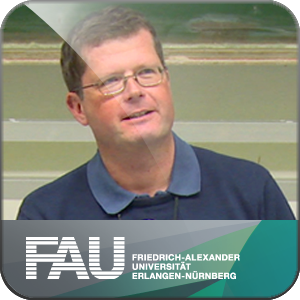Thanks for watching!
Thanks for watching!
Thanks for watching!
Thanks for watching!
Thanks for watching!
Thanks for watching!
Thanks for watching!
Thanks for watching!
Presenters
Zugänglich über
Offener Zugang
Dauer
00:03:19 Min
Aufnahmedatum
2021-11-15
Hochgeladen am
2021-11-15 22:06:03
Sprache
en-US
Multi-view Stereo (MVS) is a common solution in photogrammetry applications for the dense reconstruction of a static scene from images. The static scene assumption, however, limits the general applicability of MVS algorithms, as many day-to-day scenes undergo non-rigid motion, e.g., clothes, faces, or human bodies. In this paper, we open up a new challenging direction: Dense 3D reconstruction of scenes with non-rigid changes observed from a small number of images sparsely captured from different views with a single monocular camera, which we call non-rigid multi-view stereo (NRMVS) problem. We formulate this problem as a joint optimization of deformation and depth estimation, using deformation graphs as the underlying representation. We propose a new sparse 3D to 2D matching technique with a dense patch-match evaluation scheme to estimate the most plausible deformation field satisfying depth and photometric consistency. We show that a dense reconstruction of a scene with non-rigid changes from a few images is possible, and demonstrate that our method can be used to interpolate novel deformed scenes from various combinations of deformation estimates derived from the sparse views.
